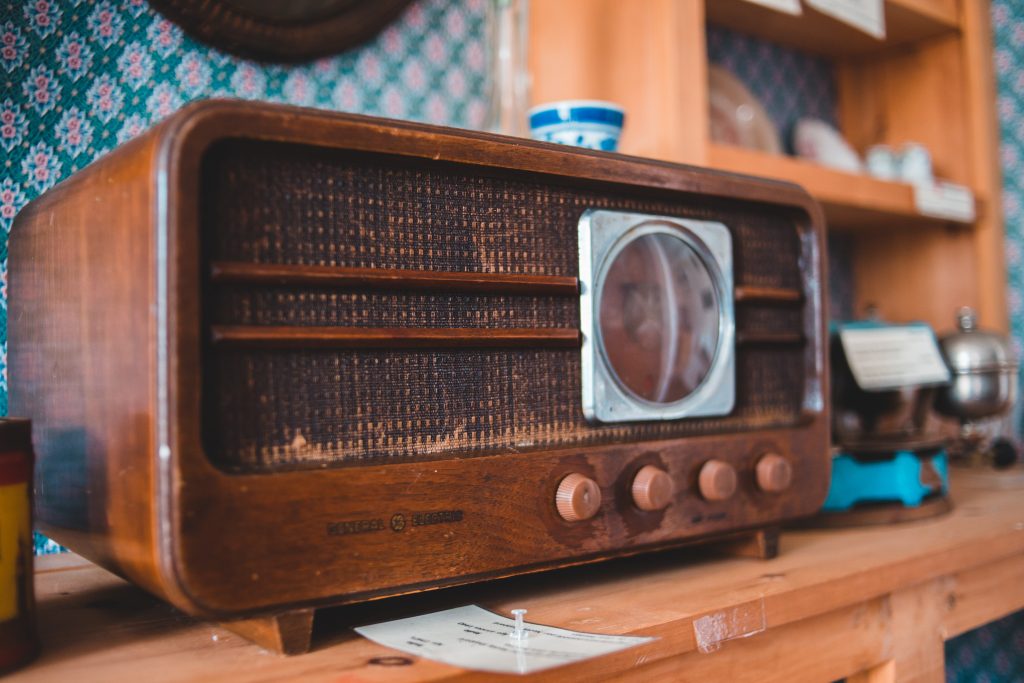Entertainment of the past and present
Today we have many forms of entertainment: Netflix, YouTube, DVDs, TV, and games on our mobile phones. All of these things rely on advanced technology and one other important aspect: our eyes. We have become used to watching films and stories. However, it has not always been like this. Let’s go back in time to the 1930s – a time without the internet. Imagine you are sitting in your living room. The family is gathered around an object. It is not a television or laptop but a radio, also called a ‘wireless’. It is tuned to a station and everybody is waiting to listen.
Does that sound exciting to you? At the time, the radio was one of the most popular forms of entertainment. You could listen to the news, the weather, music and, of course, stories. Some stories were read directly from books but at other times they had different characters, sound effects and music. We call these stories radio drama. They require just a few things: voices, sounds, ears and imagination.
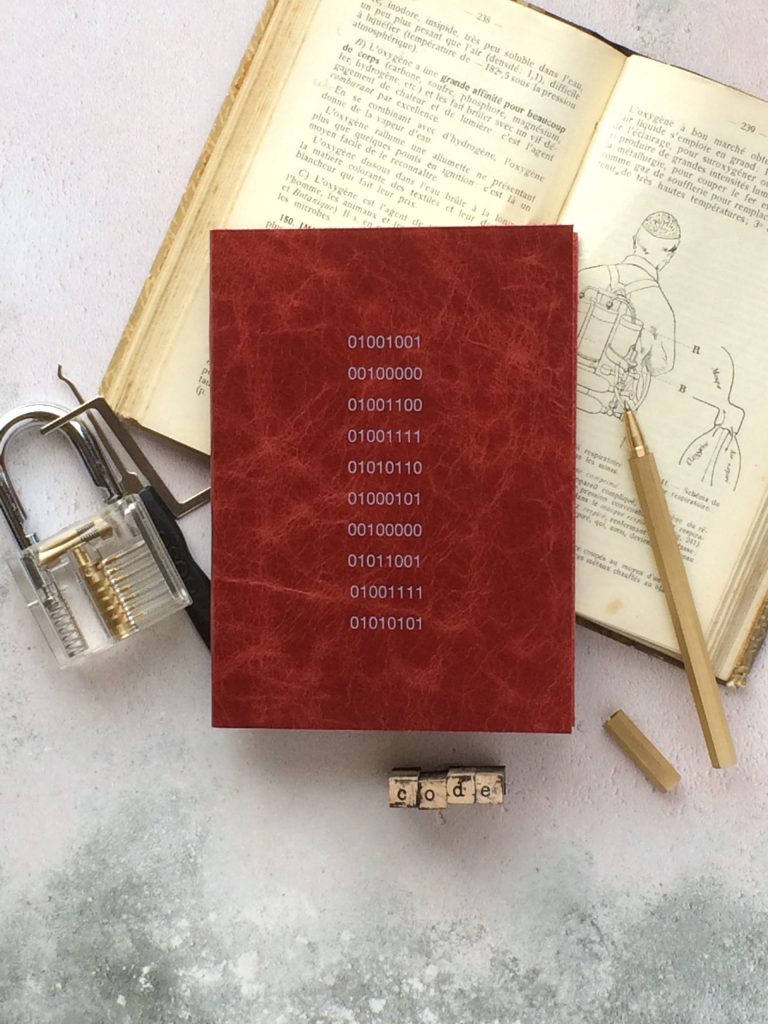
A brief history of radio and radio drama
It is not possible to say when radio and the use of radio waves was first invented. This is because it is not the result of the work of one person but many, and all over the world. The ‘wireless’ radio was established in the early 20th century but at this point was used to pass messages using Morse Code – a series of dots and dashes (short and long beeps) representing letters. If the Titanic had been unable to send out its distress signal for help on the radio in Morse Code, then even more people on board would have died.
In 1920, a company called KDKA began broadcasting music and spoken words in the USA and in 1922, the BBC in the UK began too. There was a variety of different programmes on the radio in the 1920s and 1930s. These included listening to a pilot’s departure and arrival when flying across the Atlantic Ocean, music, news, political speeches and boxing matches (imagine that!).
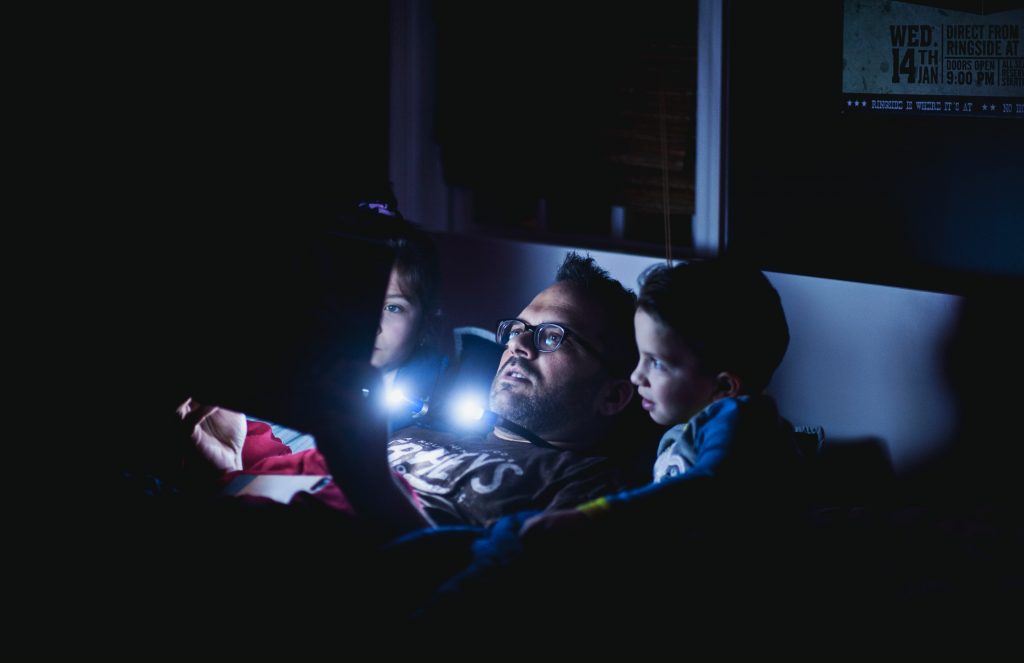
Stories first came onto radio in the form of bedtime tales for children. This helped families a lot and became a very popular idea with readers of stories competing to see who had the best voices for helping them get to sleep! The next step was going from storybooks to radio drama. The first radio dramas were very simple – audiences would listen to live performances of plays through the radio. This then developed into readings of plays in the radio studio. Interestingly, the director made a rule that it should be no longer than 40 minutes as he was concerned the audience would not be able to focus for long enough! Some radio programmes in the 1920s featured extracts from Shakespeare, operas and popular plays. However, these were very simple readings or adaptations. Small changes were made so that the drama would be successful. The next step was writing drama that was designed purely for the radio.
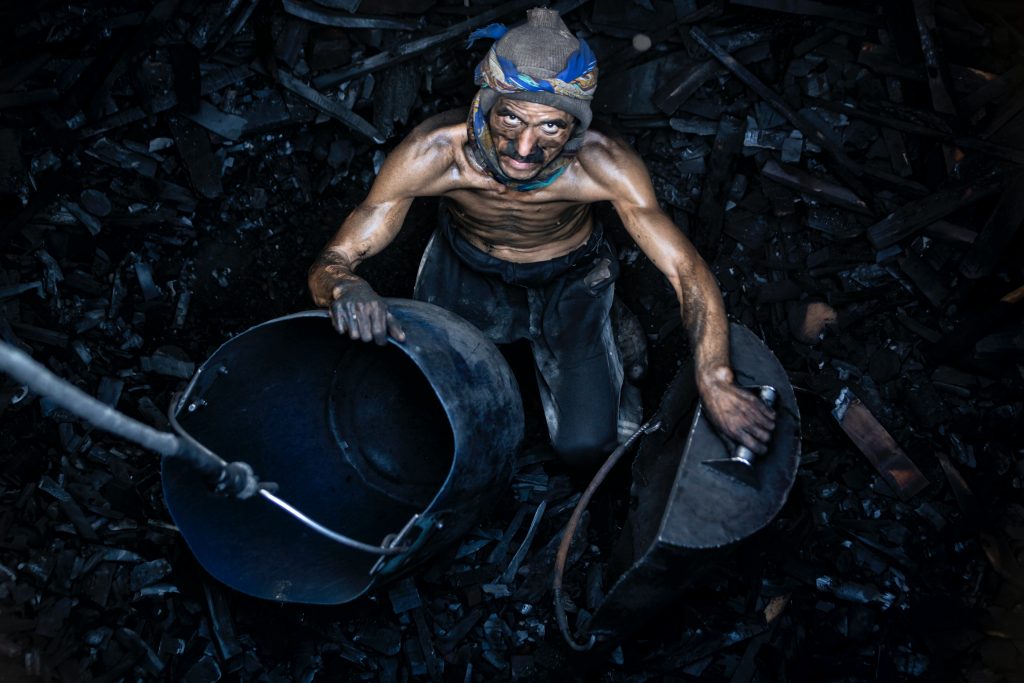
Writing for the radio
The first drama written for the radio was in 1924 and was called ‘A Comedy of Danger’ for the British Broadcasting Company (BBC). It was about three coal miners trapped underground. The characters could not see anything! This is an interesting idea, as we cannot actually ‘see’ anything when listening to radio drama. What is even more interesting is that at that time radio dramas were performed ‘live’. They could not be recorded or edited, so any mistakes that were made would have been heard by many people. Even music was played by instruments in the studio! Here we can see how radio drama is very much like theatre – exciting, real and dynamic!
The power of radio drama
In 1938 a very famous event occurred. The radio drama version of War of the Worlds was broadcast. In the story, aliens are an unstoppable force and humans struggle to defeat them. Cities all over the world are destroyed in this story. It is, of course, fiction! However, for some people ‘tuning in’ to the radio the day War of the Worlds was broadcast, there was some confusion. They thought they were listening to the news and that what was happening in the drama was in fact real. People fled their homes, drove away from cities and panicked in fear of their lives. This might seem silly but read these headlines first!
Take a look at the dialogue from the radio drama War of the Worlds below. It is spoken by a character who is a journalist in a city.
Journalist: The first machine reaches the shore. He stands watching, looking over the city. His steel head is even with the skyscrapers. He waits for the others. They rise like a line of new towers on the city’s West side. Now they’re lifting their metal hands. This is the end now. Smoke comes out. Black smoke shifting over the city. People in the streets see it now. They’re running towards the East River, thousands of them, dropping in like rats. Now the smoke is spreading faster. It has reached Times Square; people are trying to run away from it but it’s no use, they are falling like flies.
- Do you find it believable?
- Is it possible to be fooled by a drama?
- What is it about this radio drama that made it seem so real?
You can listen to the entire broadcast on YouTube or read the script online
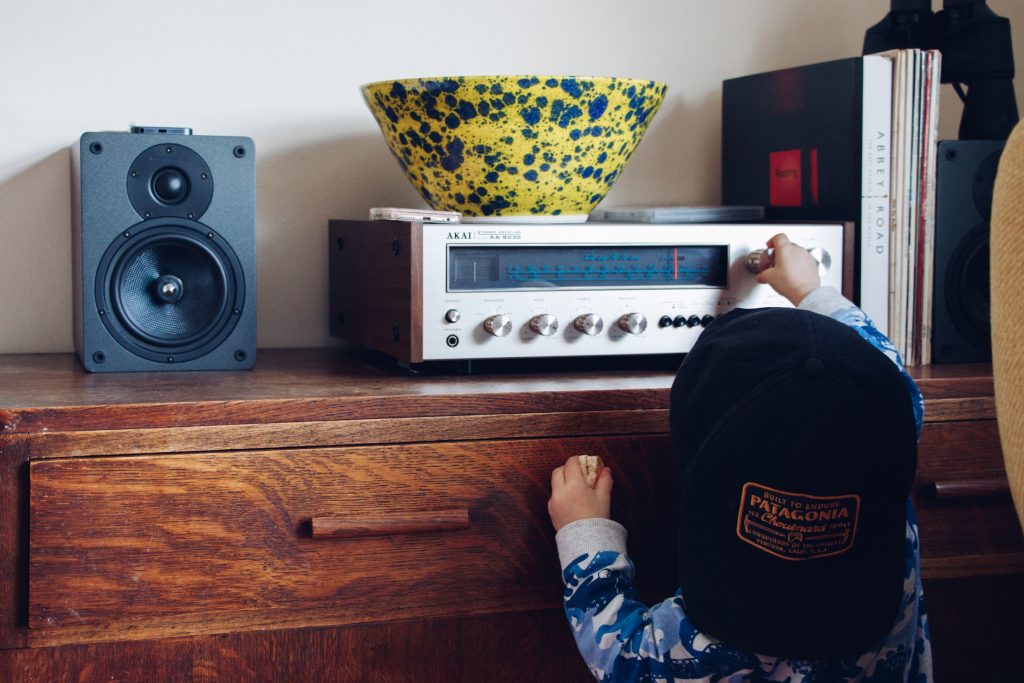
Radio drama developing
As technology advanced and the popularity of radio drama grew, the plays being performed became more creative. Pre-recorded sound effects and music could be used. You had to ‘tune in’ to radio stations by finding their frequency. Does that seem convenient to you? Radio was competing against television and, by the 1950s, television was seen as the ‘future’ of entertainment. Radio still continued though, delivering news, music, comedy shows and more drama.
In 1951, the BBC created the world’s longest running radio soap opera ‘The Archers’ about a village in the countryside of England featuring farmers. ‘The Archers’ is still running today and has had over 19,000 episodes!
Radio Drama is still popular today and, thanks to the internet, audiences are able to download and listen to their favourite shows whenever they like.
In 2021 we have lots of new entertainment but one thing we have now that we have always had, even before radio, is creativity and imagination. Zoom enables you to work together online, collaborate on projects and, most importantly, use your voices the same way as on the radio. Your laptop becomes a modern wireless where your stories and ideas are shared with other students in Hong Kong.
What is Hear This!?
Hear This! began in 2020 as a virtual radio festival. It was designed so as to bring together students to be creative, lift spirits and allow participants to invent dramas under the restrictions brought about by COVID 19. Faculty of Education Drama Student mentors helped guide 56 secondary school students through training, brainstorming and online performance. Explore the links and images to learn more.

What is next?
Hopefully you are now excited about participating in Hear This! and entering the world of Radio Drama and performance. This website is here to guide you through the process step by step. You can refer to it when needed. There will be questions at some points which you can think about and discuss with your group mates. Remember: radio drama is full of creative possibilities, there is never just one correct or perfect type of performance. Enjoy the journey!
Links
- The Faculty of Education ‘News’ page on our homepage and the article about the event.
- A 2-minute video to gain a better flavour of the Hear This! project (uploaded to the Faculty of Education YouTube channel)

